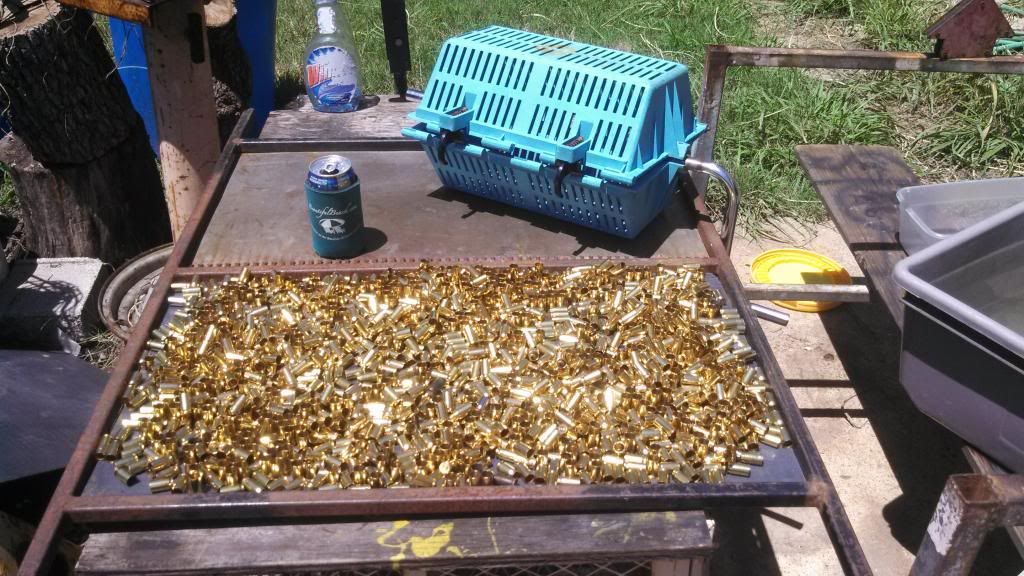viper12161
New member
Hey guys,
So I recently just started wet tumbling my brass (like 25 minutes ago). I picked up the Frankford Arsenal Platinum tumbler. After tumbling, it recommends filling a bucket full of water then putting the ez case tumbler in the water, pour brass in tumbler and spinning to separate the media. My question is, do I really need to fill the bucket full of water? Can I just put the cases in the tumbler and spin it around like I do with the dry media? I don't have a sink in my garage so lugging a big bucket full of water back forth isn't really an easy option (and alerts the wife to my presence which leads her to asking me to do stuff)
Thanks!
So I recently just started wet tumbling my brass (like 25 minutes ago). I picked up the Frankford Arsenal Platinum tumbler. After tumbling, it recommends filling a bucket full of water then putting the ez case tumbler in the water, pour brass in tumbler and spinning to separate the media. My question is, do I really need to fill the bucket full of water? Can I just put the cases in the tumbler and spin it around like I do with the dry media? I don't have a sink in my garage so lugging a big bucket full of water back forth isn't really an easy option (and alerts the wife to my presence which leads her to asking me to do stuff)
Thanks!

